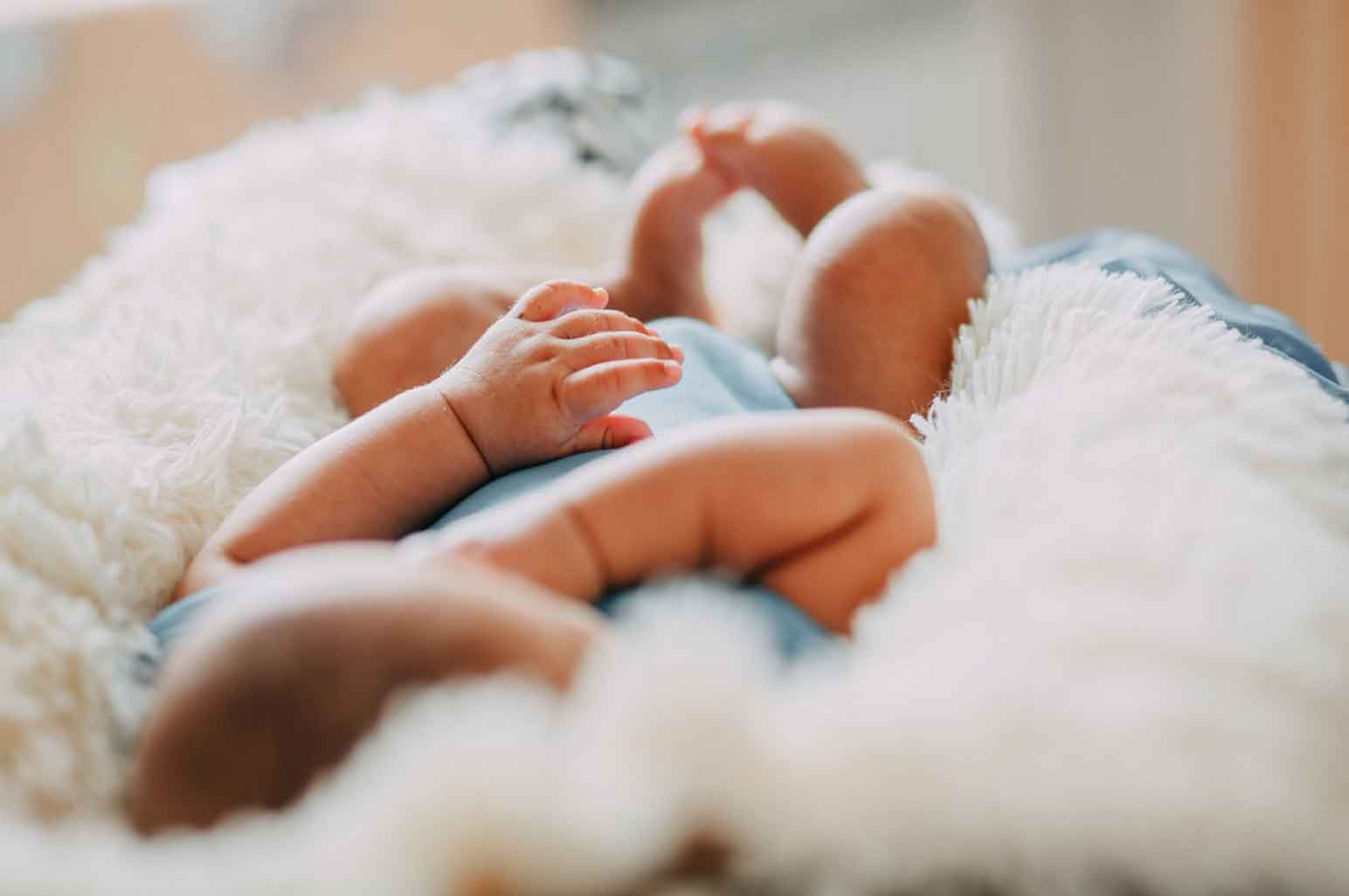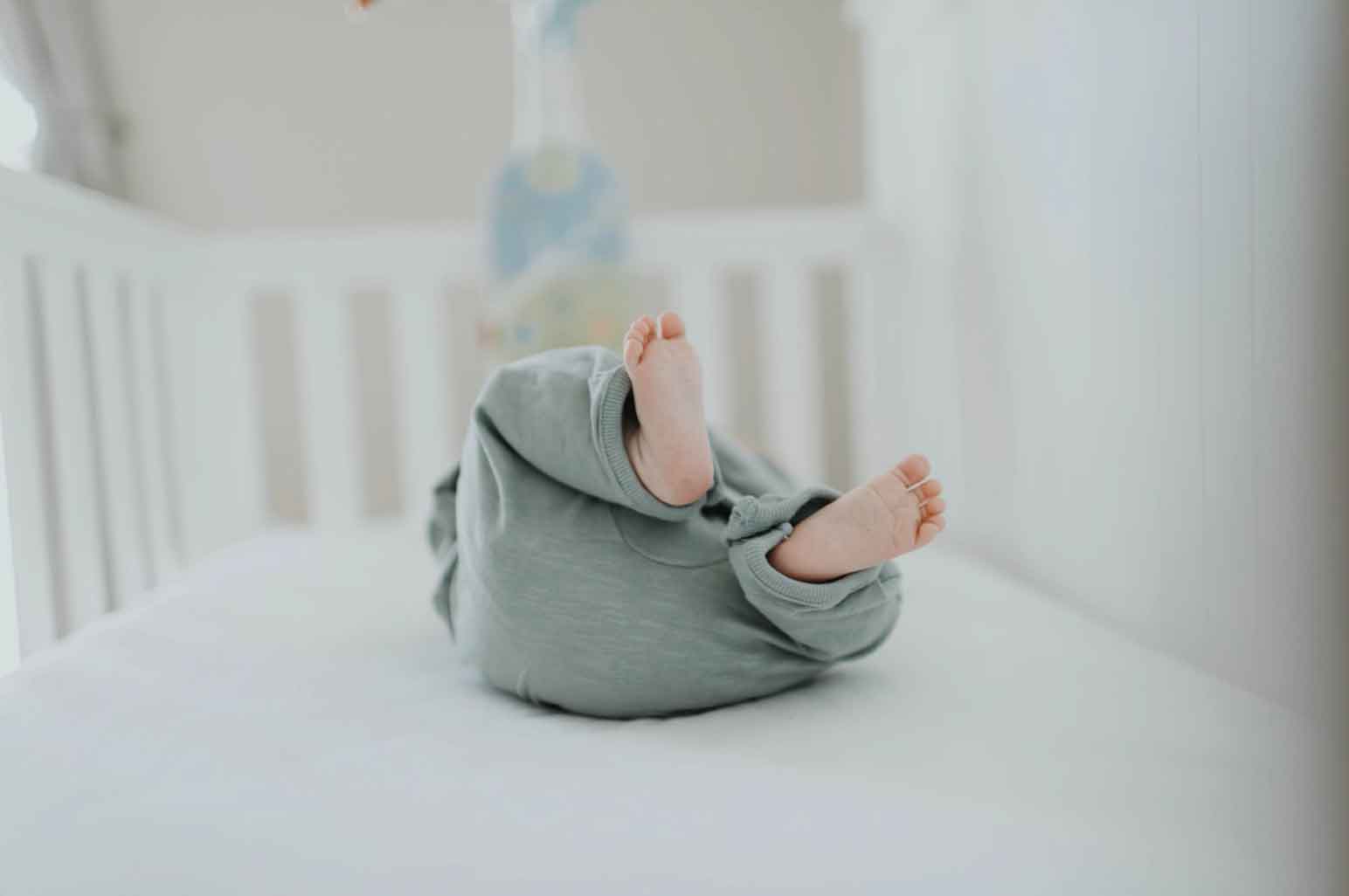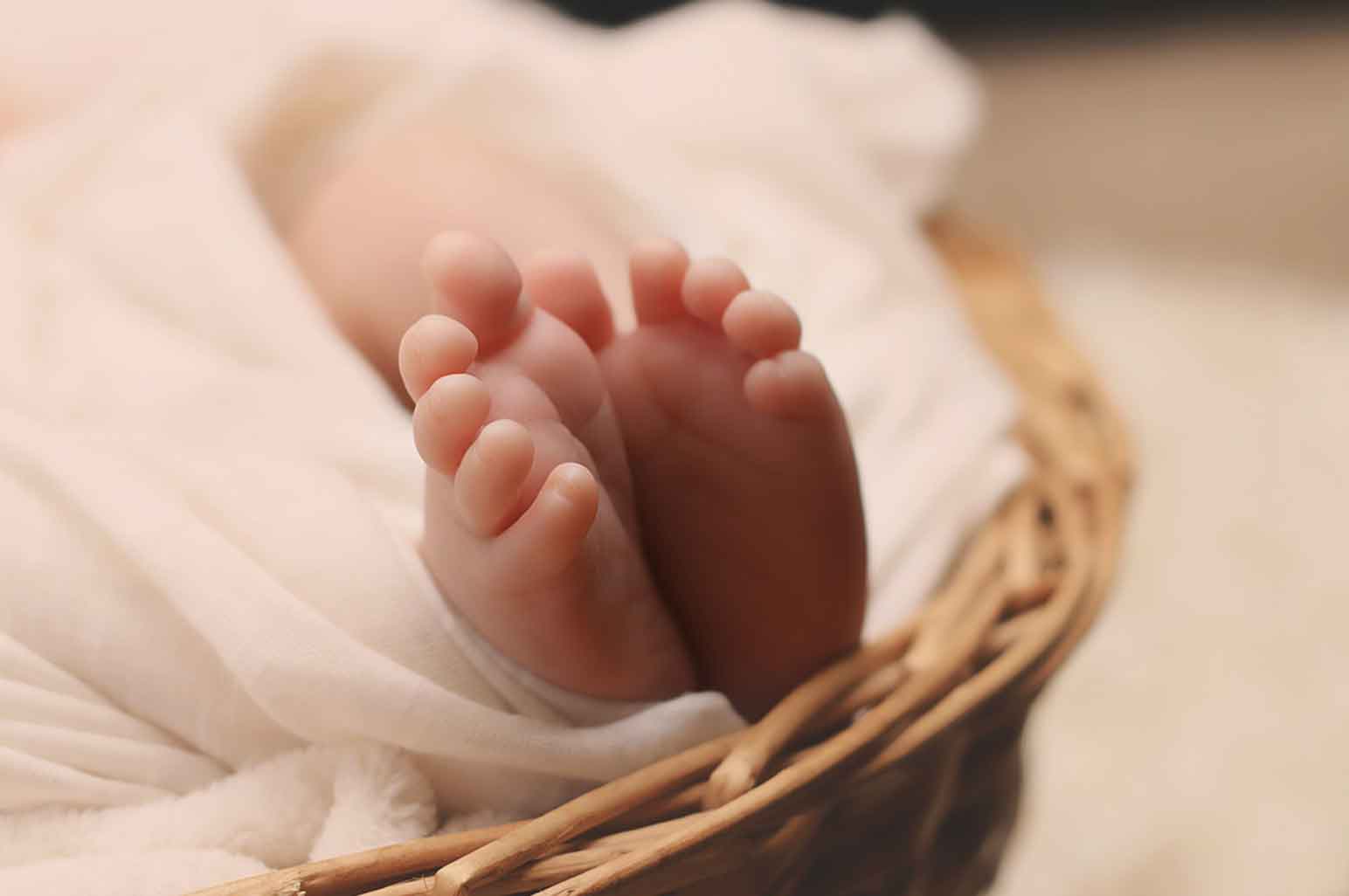
If you have recently had a baby and are planning a road trip or a vacation, you might feel slightly anxious about ensuring that you and your little one get enough sleep. Safe sleep will also be a top priority.
Here’s everything you need to make sure your little one gets the quality rest that they need to develop and grow when you are away from home.

How Much Should a Newborn Sleep?
You will likely find that your baby sleeps the majority of the day and night at first. Generally, newborns will sleep approximately eight hours during the day and eight hours at night.
However, some might sleep more during the day to start with. This is normal and is due to your little one not yet having established an internal rhythm.
Luckily, there are a few things that you can do to help teach them that daytime is for playing and nighttime is for rest:
- Try to keep them awake for longer stretches during the day when they are alert.
- Use the opportunity of being on vacation to explore and spend plenty of time outdoors in the sunlight. Also, keep the curtains shut to maximize darkness when it is time for bed.
- Avoid turning on the light when your baby wakes for a feed in the middle of the night.
- Consider swaddling, which helps them to feel snug and secure and encourages more prolonged periods of sleep.
What to Buy: Crib or Bassinet?
It is possible to purchase cribs specifically geared for travel, and bassinets (considering how small they are) make for excellent options for parents who travel a lot. The choice that you choose is a matter of preference, as both have their pros and cons.
Cribs
An advantage of buying a travel crib is that you will probably use it for a longer time. Travel cribs are usually larger and more expensive than bassinets – definitely not the solution if you will be staying in a small hotel room.
Bassinet
On the other hand, a bassinet is cheaper and more compact, meaning it can fit effortlessly in most spaces. However, keep in mind that your baby will outgrow their bassinet at around six months of age, or when they start sitting up and rolling over.

How to Ensure Safe Sleep
Ensuring that your newborn is safe in their travel crib or bassinet is a top priority both at home and on vacation. By considering safe sleep practices, you can drastically reduce the risk of SIDS (Sudden Infant Death Syndrome), suffocation, and choking:
- It is vital that you always put your baby down for a nap on their back on a firm, flat surface.
- Avoid sleep positioners, loose bedding, and keeping toys out of the crib or bassinet.
- Double-check that the room is at a comfortable temperature; overheating is a danger during sleep. Place your hand on your baby’s chest. If they are sweating or feel very warm, they may be too hot. Optimal temperatures for safe sleep are anything between 68° and 72°F.
How to Tell When a Baby is Ready to Sleep
It can be challenging to stick to a sleep schedule when you are away from home. So, watching out for signs that your little one is ready for a nap becomes all the more important. These signs include:
- Eye rubbing
- Fussing
- Yawning
- Refusal to make eye contact
If your newborn struggles to fall asleep on their own, you can help them along by rocking, breastfeeding, or placing them in a baby carrier until they are drowsy. You can then put them down in their travel crib or bassinet, drifting off rather effortlessly.

Remember to heed the age-old advice and sleep whenever your baby does – even if it means missing out on a few vacation activities. After all, you won’t be able to enjoy them much if you are struggling with severe sleep deprivation. Good luck, and enjoy your holiday!
